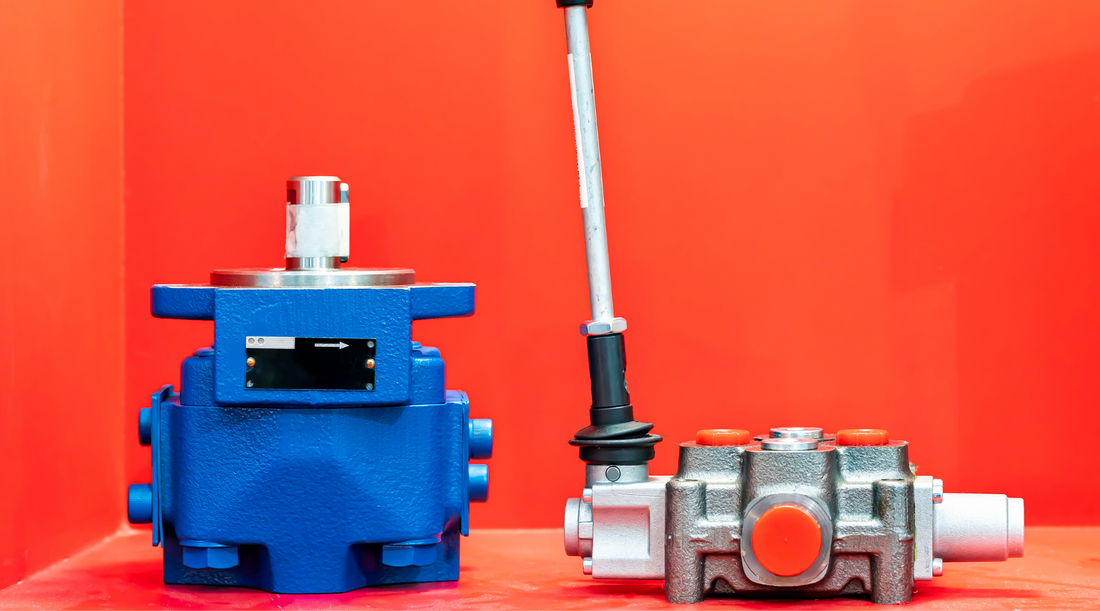
Maximize Energy Savings and Convenience With Advanced Building Automation Controls
In the realm of modern-day architecture and facility monitoring, the assimilation of advanced building automation regulates stands as a pivotal innovation. By harnessing the power of automation, buildings can adjust, respond, and develop in means that were once inconceivable.
Power Performance Advantages
Energy efficiency benefits can considerably decrease power consumption and operational expenses in structures. Energy-efficient systems, such as advanced structure automation controls, can enhance the usage of sources like home heating, cooling, and lighting, leading to reduced power expenses over time.
Furthermore, enhanced energy effectiveness can lengthen the life expectancy of building equipment and systems. By running a lot more effectively, cooling and heating systems, light, and other structure components experience much less deterioration, leading to lowered upkeep and substitute costs. Furthermore, energy-efficient buildings typically regulate higher property worths and rental prices, giving lasting economic advantages to proprietors.
In addition, power efficiency can improve occupant convenience and efficiency. Properly regulated indoor environments with optimum lighting and thermal problems produce a more pleasant and conducive office, leading to improved employee satisfaction and performance. On the whole, the power effectiveness advantages connected with advanced building automation controls are diverse, encompassing expense savings, environmental stewardship, and owner well-being.
Enhanced Convenience Control
Enhancing comfort control in structure settings needs an innovative assimilation of advanced automation systems for optimum passenger well-being. By utilizing innovative building automation controls, centers can tailor the indoor environment to meet the specific needs and preferences of owners. These systems enable exact guideline of temperature, ventilation, and lighting, producing a efficient and comfortable atmosphere. Occupant satisfaction and productivity are very closely connected to thermal convenience, making it vital to have systems in location that can adjust to altering conditions in real-time.
Enhanced comfort control goes past basic temperature level adjustments. It consists of attributes such as individualized setups, occupancy sensing units, and all-natural light use to create a vibrant and responsive setting. By integrating these advanced controls, structures can not only improve comfort but additionally enhance power effectiveness by optimizing system procedures based on real occupancy and use patterns. Ultimately, prioritizing owner comfort with advanced automation systems causes a much more pleasurable and much healthier indoor atmosphere.
Functional Efficiency Improvements

In addition, the implementation of real-time tracking and analytics tools allows structure operators to determine power ineffectiveness and operational abnormalities without delay. By continuously monitoring energy use patterns and system performance metrics, adjustments can be made in real-time to optimize energy usage and make certain peak operational performance. control valves. Additionally, integrating need action strategies into structure automation controls can further improve operational effectiveness by dynamically adjusting energy usage based on grid conditions and find out here prices signals
Indoor Environment Optimization
Reliable interior environment optimization is a fundamental aspect of building automation controls, guaranteeing passengers' convenience and health while making best use of power financial savings. By utilizing sophisticated sensors and controls, developing automation systems can constantly keep an eye on their explanation and readjust temperature level, moisture degrees, air high quality, and ventilation to produce an ideal indoor environment. Maintaining comfy and regular problems not just improves resident complete satisfaction however likewise boosts performance and total wellness.
Interior climate optimization also plays an essential role in power performance. By fine-tuning air conditioning, ventilation, and heating systems based upon real-time data and tenancy patterns, constructing automation controls can substantially decrease power usage - control valves. Executing strategies such as demand-controlled ventilation and thermal zoning can assist reduce power waste while guaranteeing that each location of the building gets the necessary conditioning.

Sustainable Setting Production
Structure automation regulates not just enhance indoor climate problems for power effectiveness and resident comfort but additionally lay the structure for producing a sustainable atmosphere with tactical monitoring of sources and systems. By integrating advanced structure automation modern technologies, such as sensors, actuators, and intelligent software application, centers can check and change energy usage in real-time to lessen waste and decrease their carbon impact. These systems check here allow predictive upkeep, identifying possible problems prior to they intensify and maximizing devices performance to improve longevity and effectiveness.
Furthermore, lasting atmosphere production prolongs past energy monitoring to include water preservation, waste reduction, and interior air quality enhancement. Structure automation controls can control water use, find leaks, and make sure correct waste disposal techniques, adding to general sustainability initiatives. Furthermore, by regulating and keeping an eye on ventilation and purification systems, these innovations boost resident wellness and productivity while reducing energy usage linked with HVAC operations.
Verdict
In conclusion, progressed structure automation controls offer considerable advantages in regards to energy cost savings, convenience control, operational effectiveness, interior climate optimization, and producing a lasting environment. By carrying out these controls, buildings can accomplish optimum efficiency while minimizing power consumption and enhancing owner comfort. It is apparent that using innovative automation technology is important in enhancing structure efficiency and developing an extra lasting future.
Power performance advantages can dramatically lower power intake and functional prices in structures. Generally, the power effectiveness advantages linked with advanced building automation controls are diverse, including price savings, ecological stewardship, and passenger wellness.
Furthermore, incorporating demand response strategies right into building automation controls can even more improve functional efficiency by dynamically changing power use based on grid problems and prices signals.
Structure automation controls not just maximize indoor environment problems for power effectiveness and owner convenience but also lay the foundation for creating a sustainable atmosphere through tactical monitoring of systems and resources.In conclusion, advanced structure automation controls deal significant benefits in terms of energy cost savings, convenience control, operational performance, indoor environment optimization, and creating a sustainable environment.